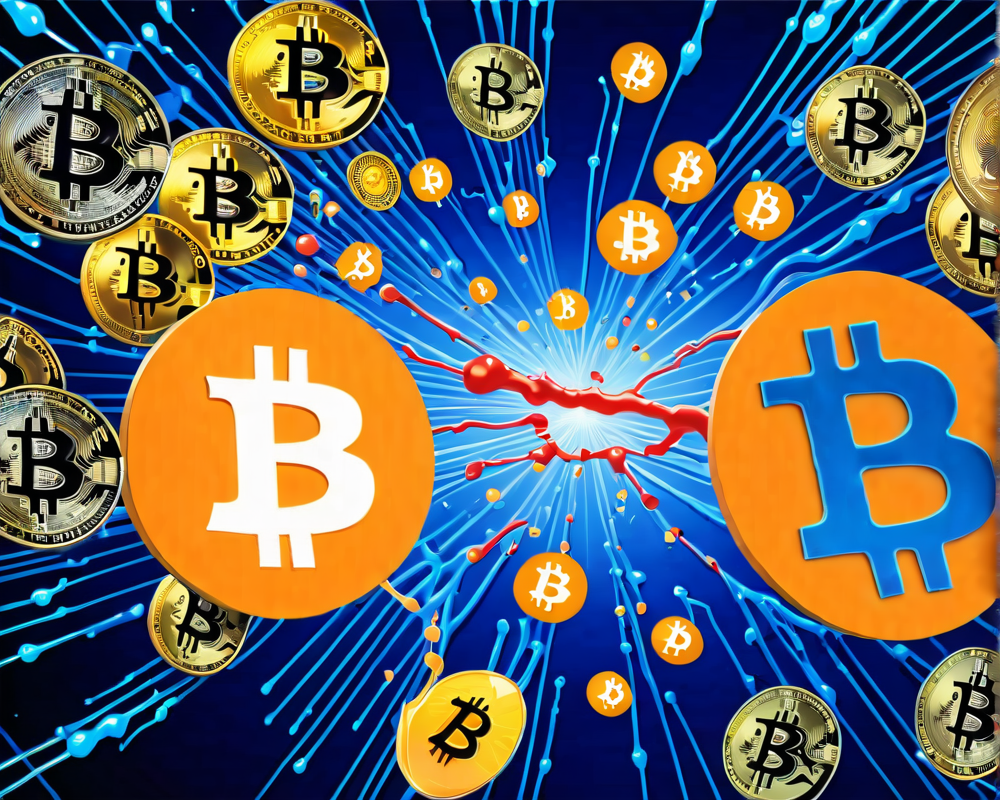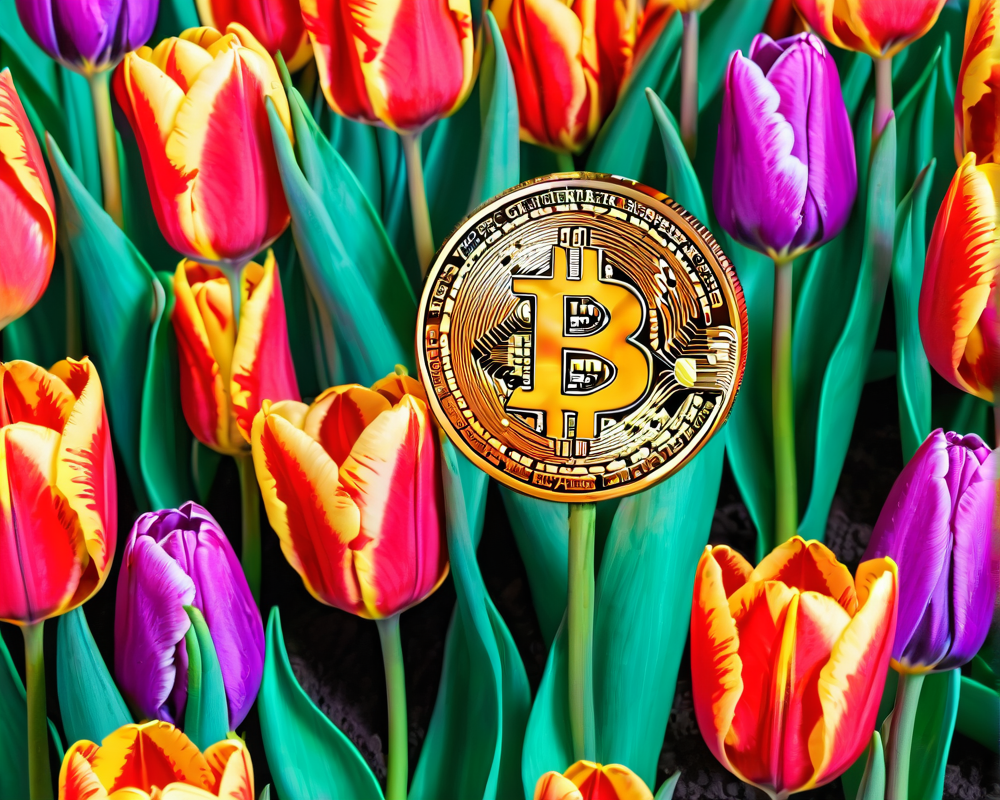The Darknet Economy: A Brief Overview
The Darknet isn’t just your average corner of the internet—it’s the Wild West of the digital realm. Where anonymity is the law of the land, users rely on special software, often TOR, to navigate these shadowy waters. The allure of freedom from prying eyes has led many to exploit this hidden universe for various purposes, both legal and illegal. Think of it as an Amazon for the underworld, where everything from illicit substances to services can be bought and sold.
Bitcoin Traffic: When Too Much is Too Much
Fast forward to the summer of 2016: Bitcoin was riding high, and so was the buzz around it within the Darknet. However, as any party would know, it’s never fun when you run out of chips. Recorded Future’s analysis highlighted that the once-preferred currency was starting to show signs of traffic jams. With network fees skyrocketing due to an influx of users, the average Darknet transaction—averaging between $50 to $300—was at risk of costing more just to move than the amount itself. Talk about a bummer at the holiday markets!
Stuck in the Queue: A User’s Grievance
Imagine you’re counting down to Christmas, only to realize your Bitcoin transactions are stuck in limbo. One frustrated user took to a Darknet forum to vent about his transactions lingering in the queue for days.
“I can’t access my funds! I’ll miss out on Christmas and that’s just unredeemable.”
In a market where vendors required three confirmations to consider a transaction legit, waiting for over three days might as well feel like an eternity in Darknet terms. A little like waiting for your mom to reply to your 700th text—you’re practically forgotten.
Enter Litecoin! The Beloved Alternative
As desperate times called for desperate measures, some vendors began opening their doors to alternative payment methods. The result? Litecoin emerged as the promising understudy, capturing 30% of merchant attention, followed closely by Dash at 20%. The lessons from this situation emphasize how the Darknet can be a fluid economy, adjusting as quickly as the latest meme.
A Look Back: Previous Studies on the Darknet
Research on the Darknet isn’t new; economists have long been drawn to this fascinating field. In fact, back in 2016, economist Tuur Demeester sought out insights from the community to understand Bitcoin’s market share and usage. Despite his valiant efforts, he met with the digital equivalent of crickets. It’s as if he walked into a bar asking for market stats, only to find everyone waving their hands furiously and saying, “We don’t talk about that here!”
The Prognosis: An Evolving Darknet Economy
As Recorded Future points out, Bitcoin may still play a role in the Darknet, but it’s likely to be a diminished one in a rapidly diversifying payment landscape. While currencies rise and fall like the stock market’s most melodramatic soap opera, one must remember: as digital currencies gain traction, those with less-than-pure intentions might leverage this popularity to launch new malicious tools, reminding us that every cloud has a digital silver lining—and a looming storm.



